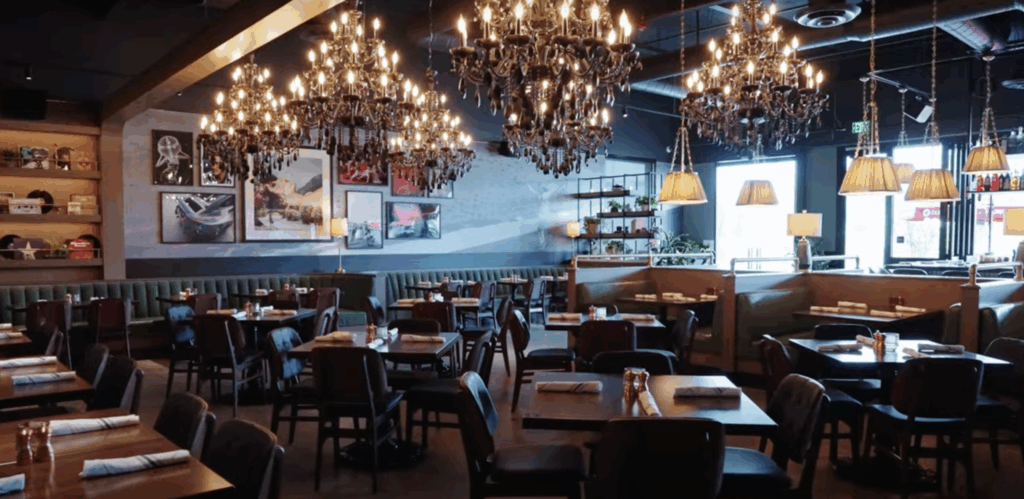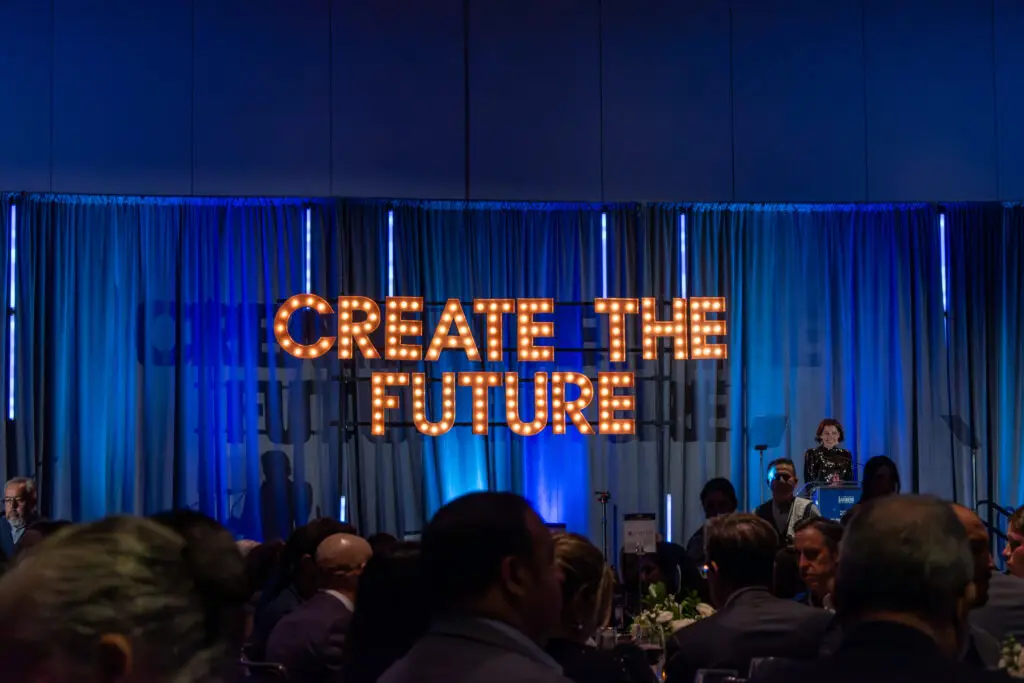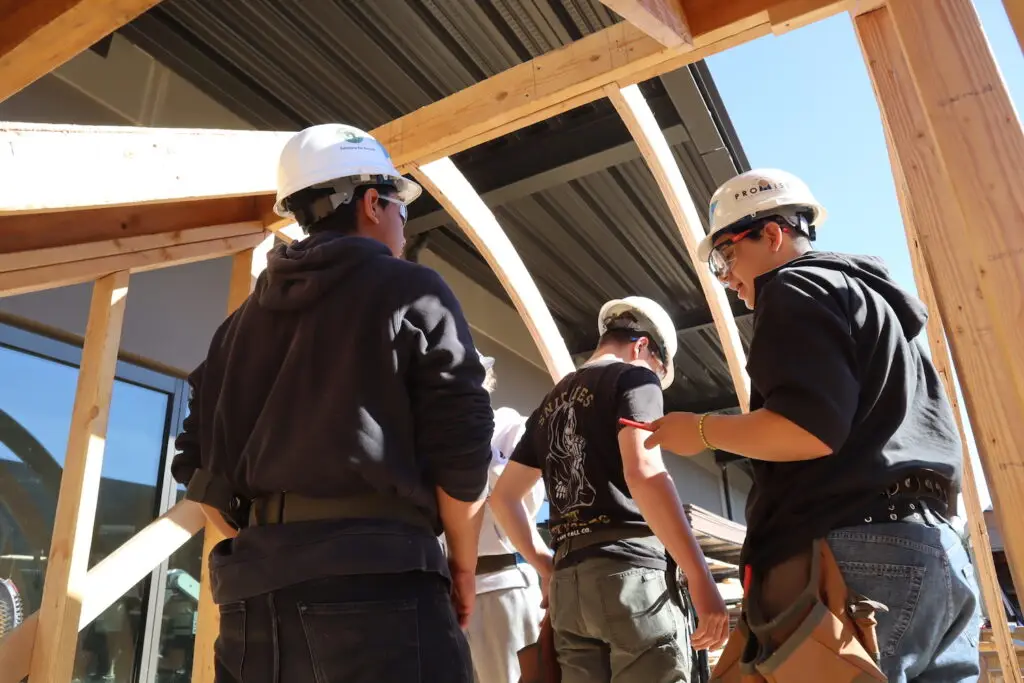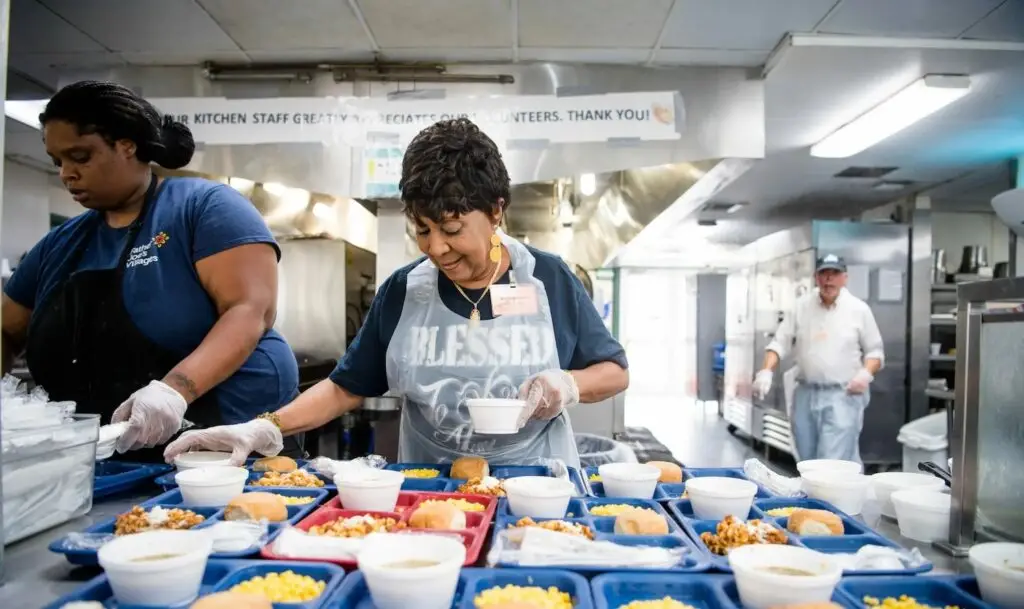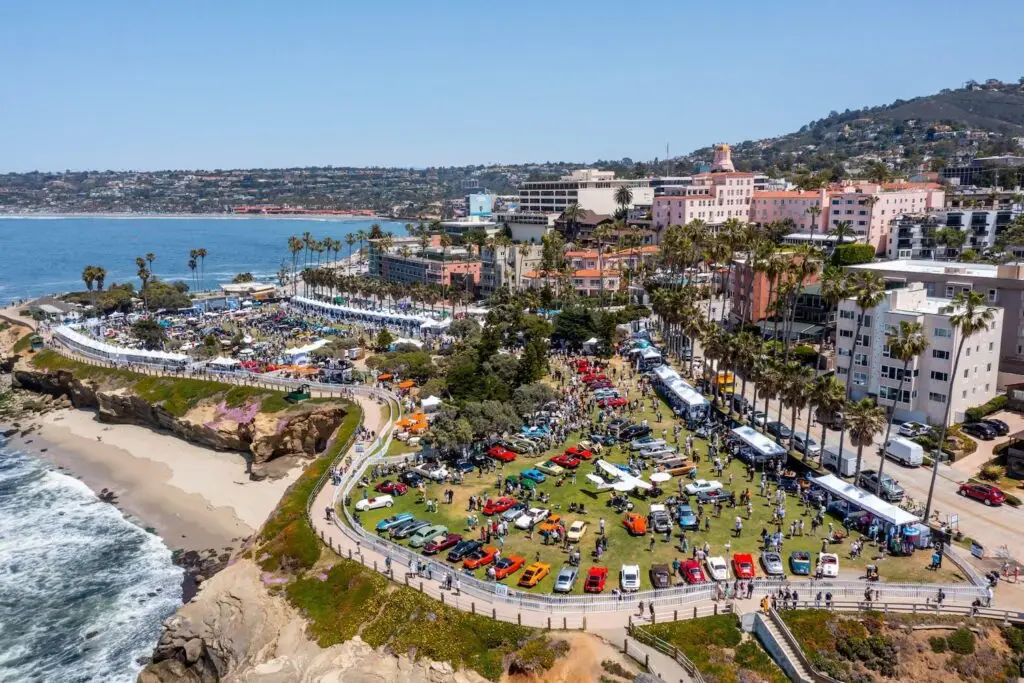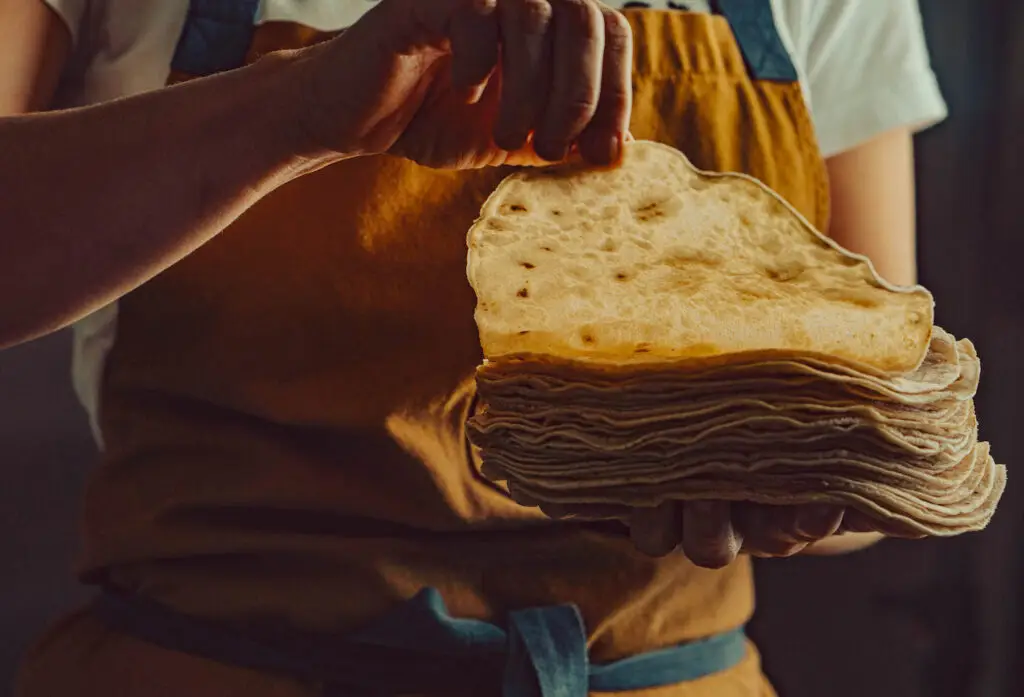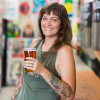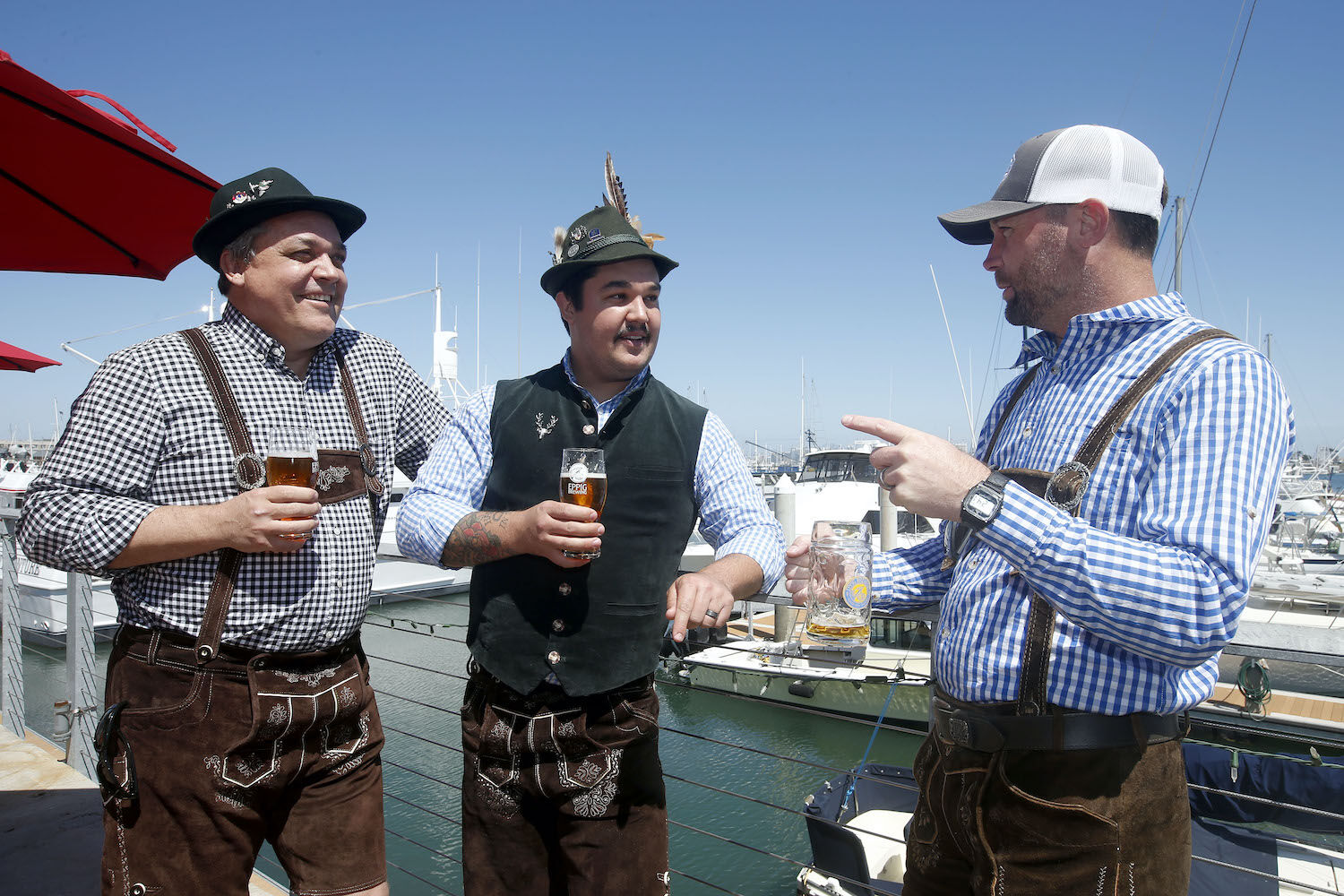
Courtesy of Eppig Brewing
San Diego craft beer is best known for ultra-hoppy India Pale Ales, but over the past few years, a demand for more malt-forward flavors has been brewing alongside them. German-style beers in particular—such as festbiers, kölsches, and altbiers—are gaining popularity in breweries and taprooms across the county. Nate Stephens, principal brewer and co-founder of Eppig Brewing, says locally brewed German beers can be more than just faithful replications of European brewing traditions: they can be even better.
“The German-inspired beers we brew here are made with the same malts and hops they use across the pond,” says Stephens. “Fresh lagers brewed right here in San Diego can often taste better than the ‘authentic’ bottle you grabbed off a shelf—and was most likely brewed 9-plus months ago and traveled thousands of miles.”
Autumn’s annual Oktoberfest isn’t the only time of year to enjoy German beers, either. German Beer Day in the United States falls on April 23, and springtime is historically a popular time to imbibe light, malt-forward lagers and ales in the Old Country. Here are six local favorites to try to get a taste of Germany right here in San Diego.
Deft Brewing – Bay Park Blonde Kölsch-style Ale (4.5 percent ABV)

German Beer Day – Deft Brewing
Deft co-founder and head brewer Mo Nuspl has long focused on brewing a variety of European-style beers for his Bay Park taproom, but he says it was enjoying imported German beers that ultimately motivated him to specifically start brewing them himself. “Given that my European-born father grew up German-speaking and that his side of my family hails from Southern Germany, I guess I was destined to focus on German-inspired beers here at Deft,” he says. Bay Park Blonde is a stalwart best seller, but he points to his menu of pilsners, maibocks, and schwarzbiers as rotating favorites for the aspiring German beer lover to sample.
Bagby Beer Company – No Hype Helles German-style Light Lager (5.0 percent ABV)
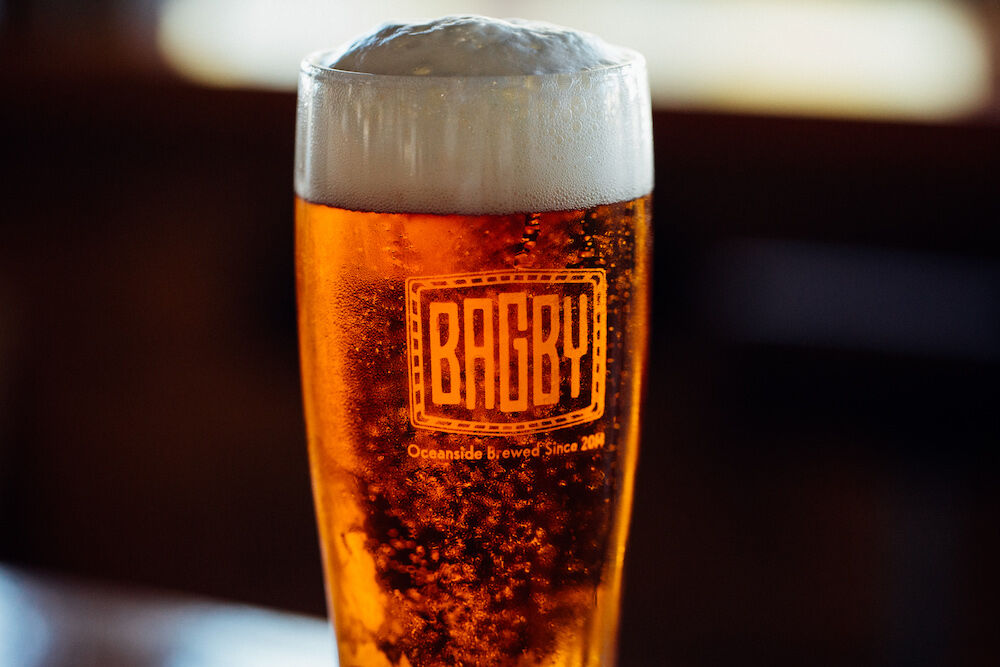
German Beer Day – Bagby
Jeff Bagby, co-owner and head brewer at Bagby Beer Company, doesn’t just like German beers. He’s kind of obsessed with them, and his mission is for consumers to fully understand German beer history and tradition. “The delicacy, depth, drinkability, and nuance of properly brewed German style beer is incredible,” he says. “Most people also don’t know or realize how difficult it is to properly brew these styles… People don’t realize what they are missing!”
At Bagby, expect authentic German brews served in proper glassware and at proper temperatures. There are usually around eight German styles available at any given time, but Jeff names their No Hype Helles as a longtime favorite. With a light body and soft finish, it’s ideal for pairing with bratwurst or their Belgian-style frites.
Ballast Point – California Kölsch German-style Pale Ale (5.2 percent ABV)
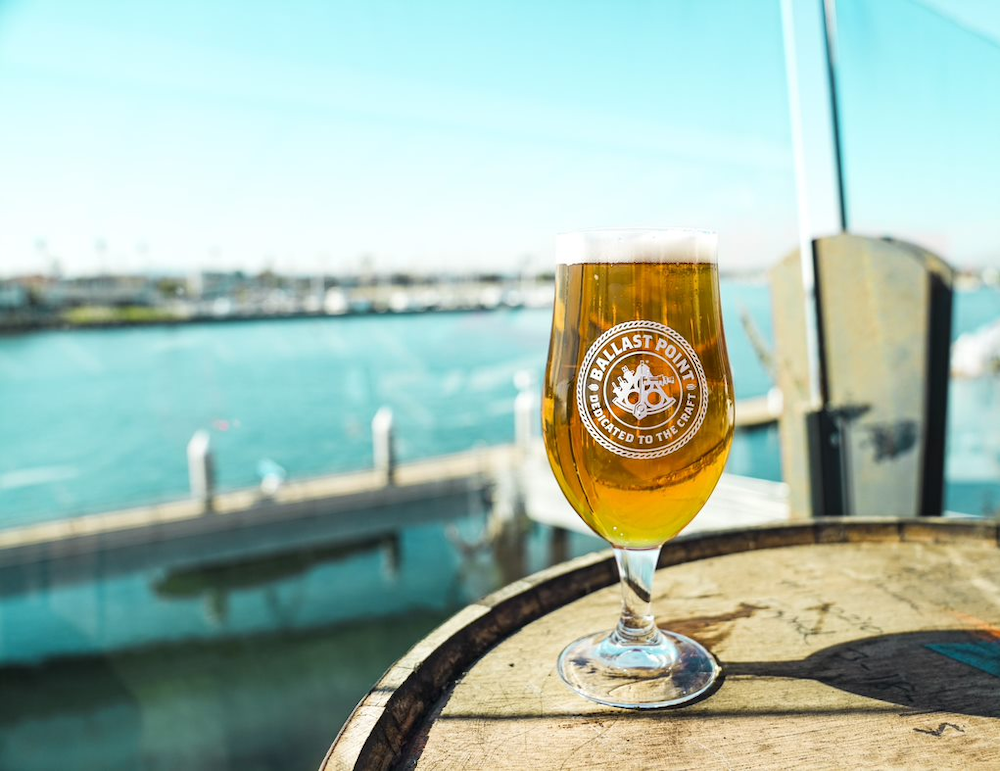
German Beer Day – Ballast Point
Known as “the beer that launched Ballast Point,” their California Kölsch has won nearly two dozen awards and is available all year round across California. It’s not an exact replica of the historical style, explains Chris Takeuchi, research and development brewery manager at Ballast Point Little Italy. He calls it “German-inspired” with a more American hop profile (a.k.a. more hops) than a traditional kölsch. “People can expect a beer that’s well-balanced between malt and hop aromas and flavors: hoppy but not bitter, malty but not sweet, flavorful but not overpowering,” he explains. It’s definitely a hybrid approach worth sampling.
Puesto Cervecería – Clara Lager (4.6 percent ABV)
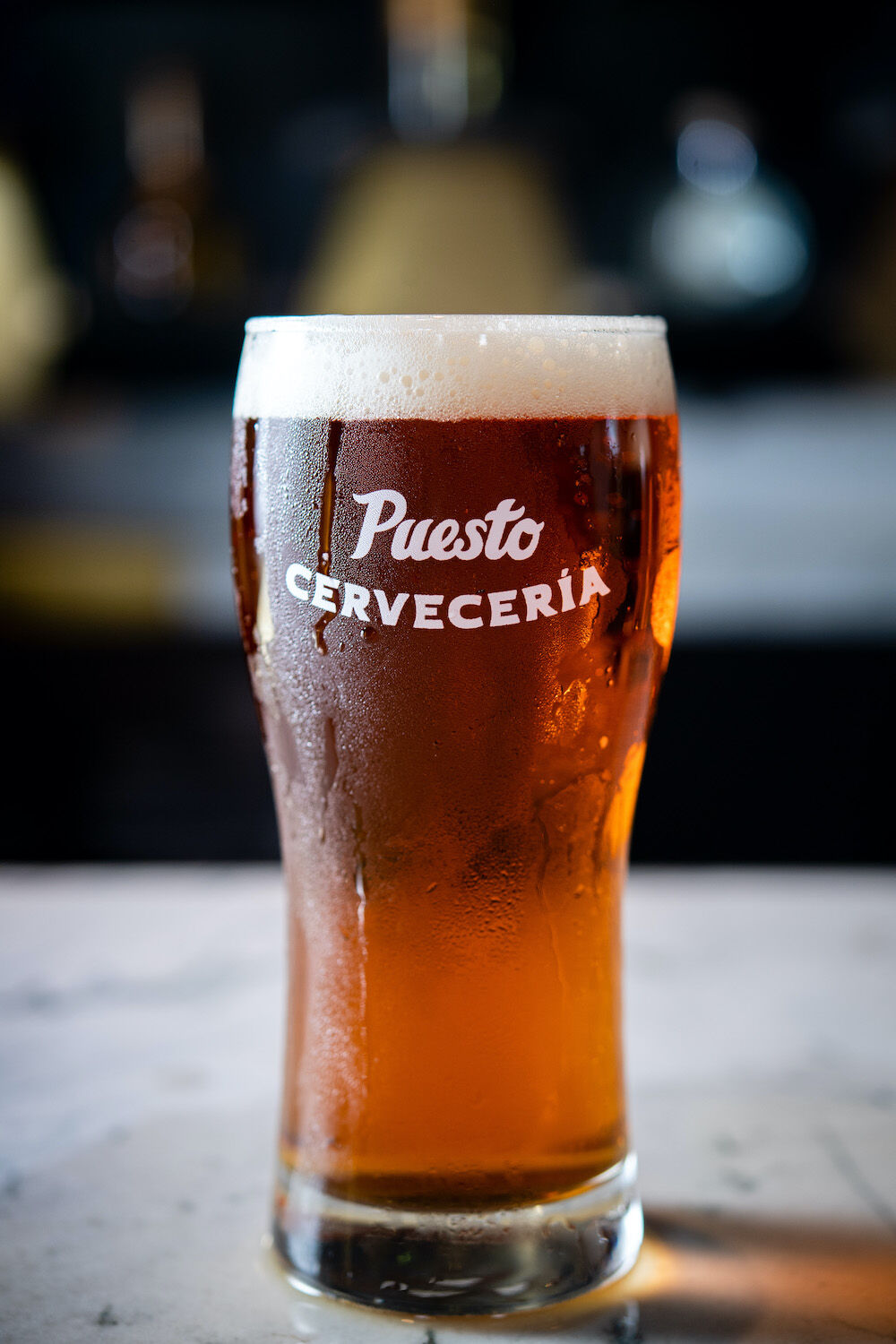
German Beer Day – Puesto
Anne Watson
When it comes to brewing authentic German beers in San Diego, Doug Hasker is the number one guy in the game. After Gordon Biersch closed in Mission Valley to make way for Puesto, the Mexican restaurant and brewhouse wisely retained Hasker to continue his streak of brewing what are arguably the best lagers in the region, albeit now with a more Mexican twist. “We now use different yeasts and a little corn, which the Germans would not approve of,” says Hasker. “But I believe these beers are better than the German beers I’ve made before.” Puesto’s most popular lager is Clara, which Hasker describes as similar to a German Helles bier with “lighter malts and texture coupled with light hopping.” It’s simple enough to complement food, but complex enough to enjoy on its own.
Eppig Brewing – Harbor Cruise Kölsch (4.9 percent ABV)
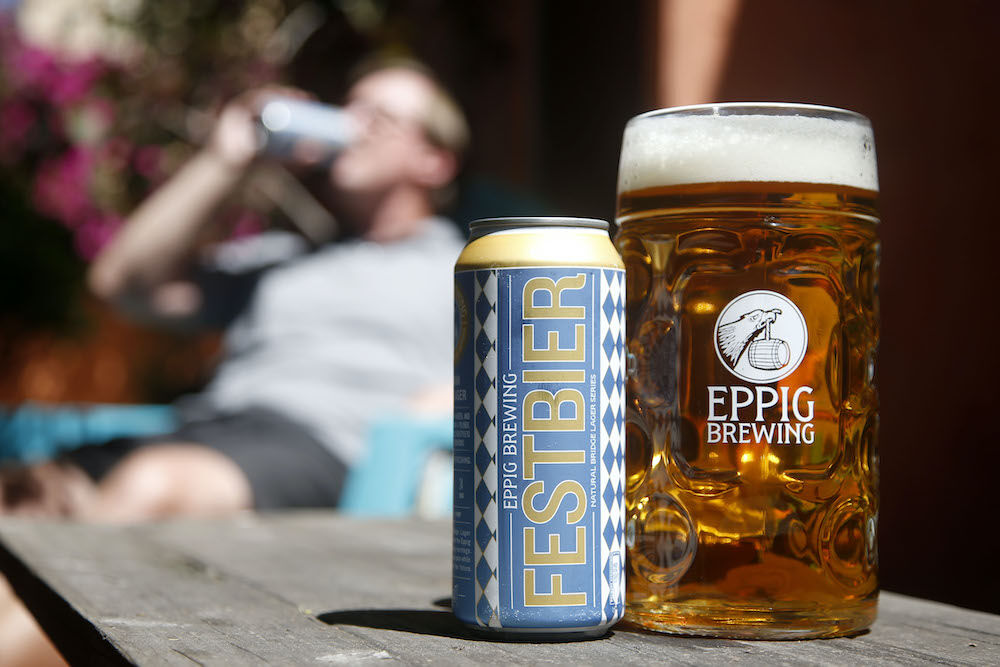
German Beer Day – Eppig
The Eppig family’s ties to Germany are more than an interest: they’re ancestral. Co-owner Stephanie Eppig revived the brand in 2016 as an homage to the original brewery started by her great, great grand uncle Leonhard Eppig in 1866. Eppig brews everything from IPAs to goses, but it’s their lagers that they’re known for. I’m personally obsessed with the schwarzbier, but Stephens points to the Harbor Cruise Kölsch as a great gateway for the German beer-curious. When it comes to pairing it with food, Stephens recommends any sort of pork, preferably a taco for a true San Diego twist. “A Harbor Cruise Kölsch in one hand and a carnitas taco in the other, and I’m a happy man,” he says.
Karl Strauss Brewing Company – Windansea Wheat (5.1 percent ABV)
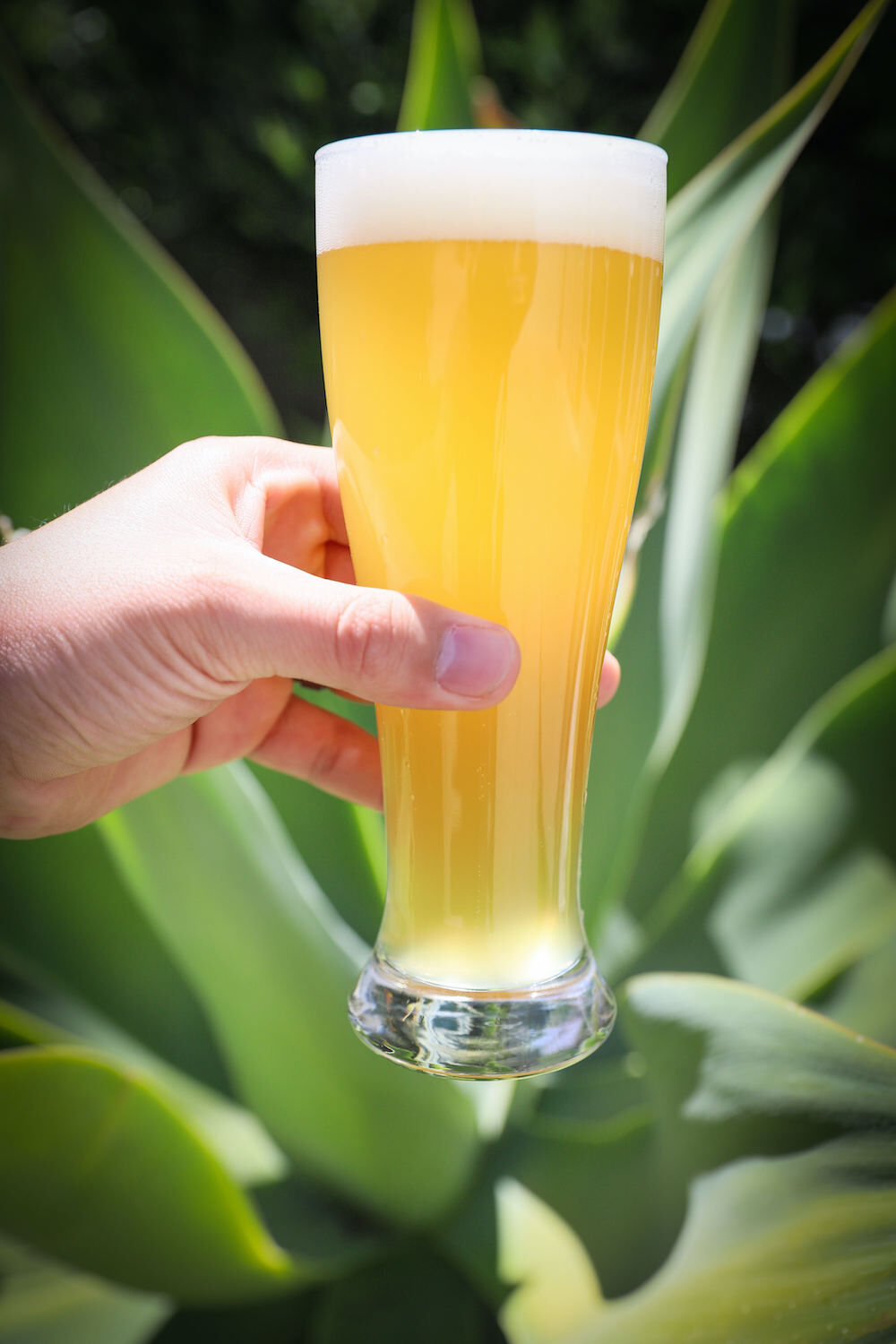
German Beer Day – Karl Strauss
Deft Brewing’s Nuspl calls Karl Strauss the “Grandfather of San Diego’s German-inspired brewers,” and I’m inclined to agree. True to Bavarian tradition, this Southern German-inspired Hefeweizen is unfiltered, hazy, and packed with the style’s signature flavors of banana, clove, and bubblegum. Brewmaster Paul Segura says he wanted to bring a real taste of Germany to California for consumers who might not have access to fresh, but authentically German beers, and Windansea Wheat was the beer to do it. Hopefully, he says, beers like this one will continue to inspire drinkers to break their hoppy habit. “I’m all about a resurgence of German-inspired beers with a San Diego twist,” he says. “My hope is that Karl Strauss helped with that a bit.”
